Yes, it was Spartan. But I didn't look for a cosy bolthole, just a bed to sleep in. Moreover, it not only provided the chance to remember my own student days at a British university but - actual room aside - turned out to be the most palatial "Bed & Breakfast" I'd ever stayed in! Westonbirt's event manager James who should have had enough on his plate with the festival already, looked after me really well. And when I arrived about an hour late for breakfast (I hadn't cottoned on to the fact that the clock's had gone forward that night...) I was referred to the splendid surroundings of the dining room/café with its slightly faded grandeur and stunning views and the irresistible offer to "choose what you want from the cakes". Pistachio and rose cake or Brownies for breakfast, anyone??
The best bit, however, was having the grounds more or less to myself from late afternoon and before the first visitors arrived in the morning. Wandering around the stunning Italianate gardens with no one else around was a real treat. I'd never heard of them before, associating Westonbirt only with the National Arboretum. Turns out that's not entirely wrong, for the arboretum was created by the same person: Robert Stayner Holford (1808 - 1892). Apparently one of the richest men in England in his day, this Victorian was passionate and knowledgeable about art and trees and amassed important collections of both.
The arboretum and gardens seem to have been a priority for Holford: it was not until 1863 that he commissioned architect Lewis Vulliamy to build Westonbirt House as it is today (there were earlier incarnations). Both men knew each other from previous building projects - such as Holford's London residence Dorchester House in Park Lane. In fact, a pupil of Vulliamy's had designed the pavilions in Westonbirt's Italian garden as much as 20 years earlier!
I don't want to go into too much historical detail here. Much better to read it on the Parks & Gardens UK blog. Suffice to say that many seeds and plants for the arboretum came from plant hunting expeditions to which Holford subscribed and that the Pleasure Grounds around the house received a fair share of exotic and unusual trees, too. It was only after George Holford's death in 1926 that large parts of the Westonbirt estate were sold. Westonbirt House and its surrounding grounds became a school, but the arboretum was kept by George's nephew and heir until his own death in the 1950s when it passed to the Forestry Commission.
Westonbirt Gardens today are a charming mixture of the formal Italian garden and informal areas around. There are vistas, ponds, a lake, highly ornate stone benches and seats, a medieval church (the rest of the village was demolished and its inhabitants relocated out of sight by Robert Holford), a newly restored pergola and camellia house and even a Pulham rockery and grotto. Near every structure there was a signboard, describing it and the damage it has sustained over the years, as well as how much it will cost to restore. There clearly is a lot to be done here, but also - and hearteningly - a lot has been achieved already. This surely is also down to the Holfords of Westonbirt Trust, founded in 2006 with the aim to help preserve this extraordinary place.
Here some pictures: please click to enlarge. - Do the girls at Westonbirt School know how lucky they are?
Outside, there were less stalls than I had expected but this made for a more intimate experience. Having come mainly for the talks, I found myself tempted left, right and centre by special plants. However, as I had to rely on taxi and train for the way home (not to mention the tube across London), I sadly had to think EXTREMELY carefully about what I could and could not buy! In the end, I spent most of my money on little gems from Edulis Nursery, some choice bulbs from the lovely people at Riverside Bulbs and not nearly enough treasures from Crûg Farm Plants. If you like the truly unusual, then check out their plant list and try not to drool...
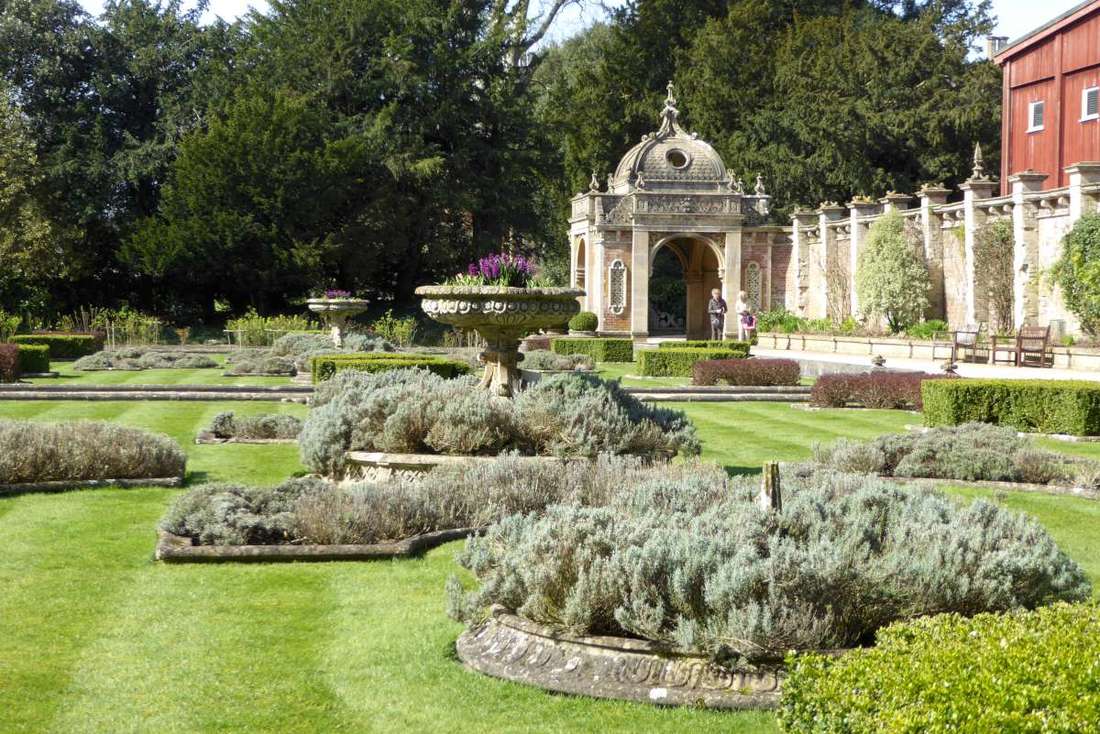
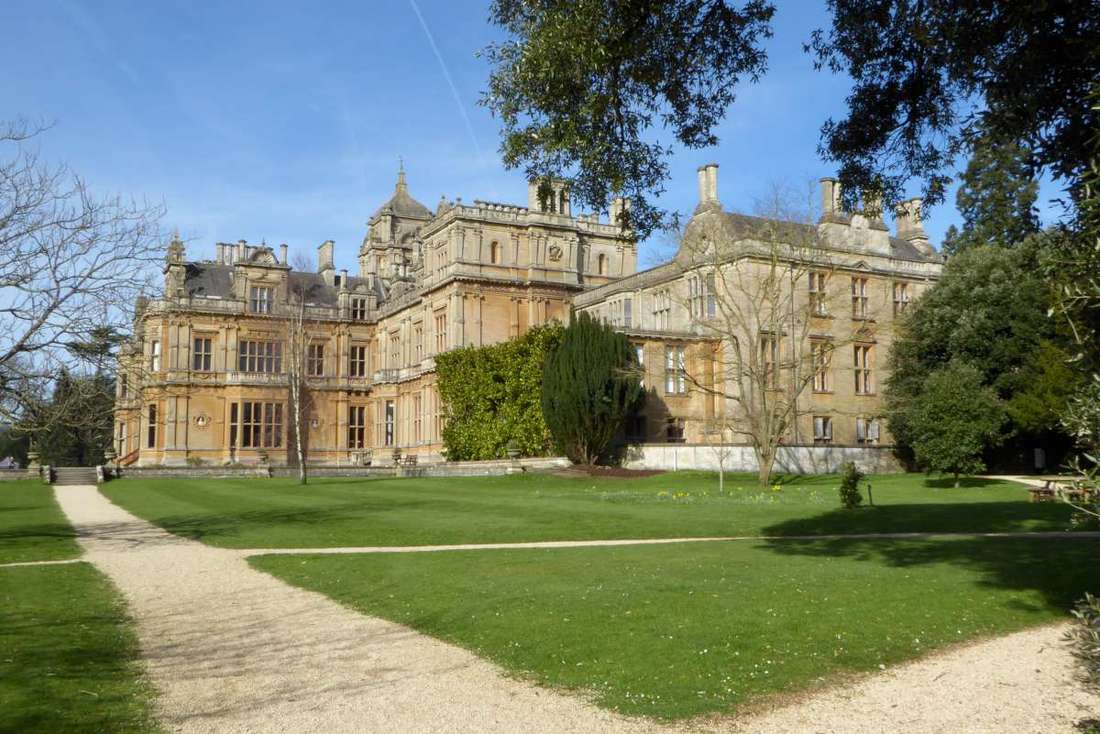
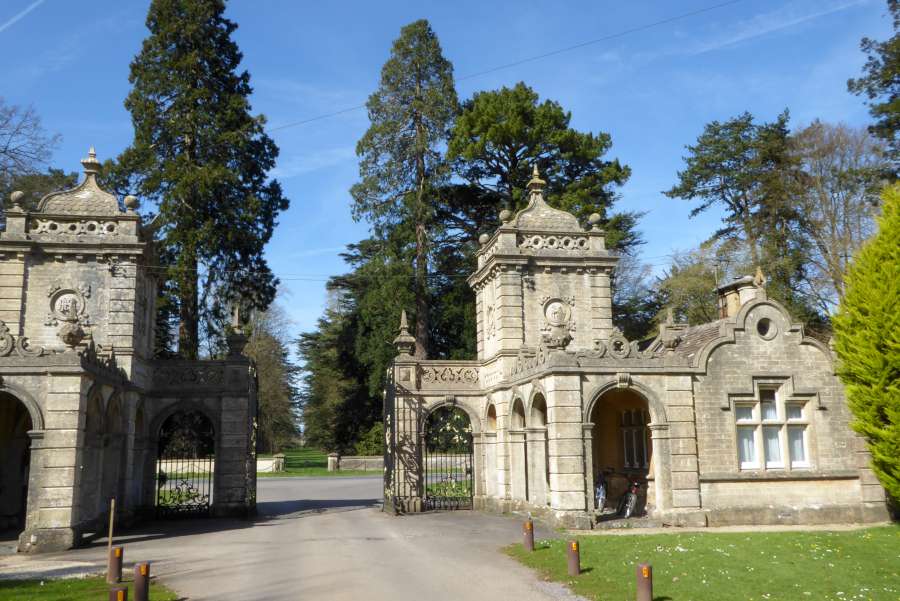
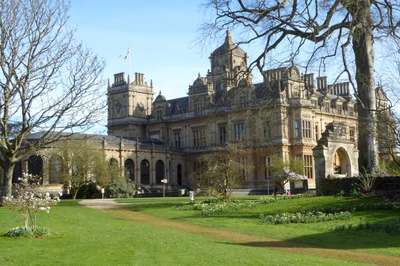
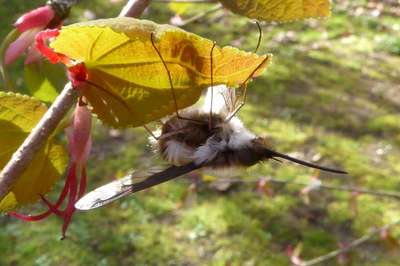
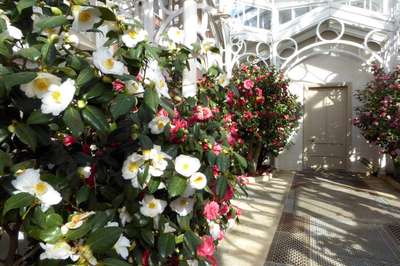
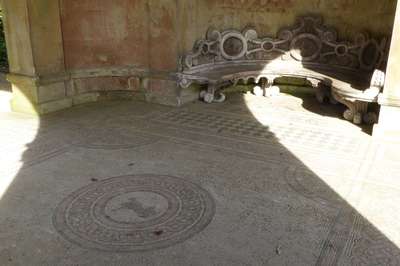
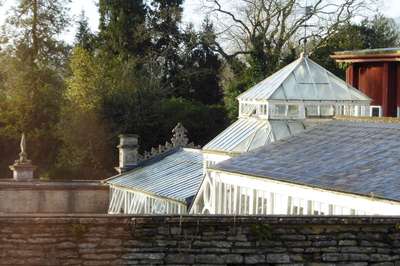
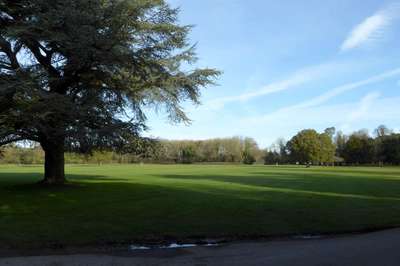
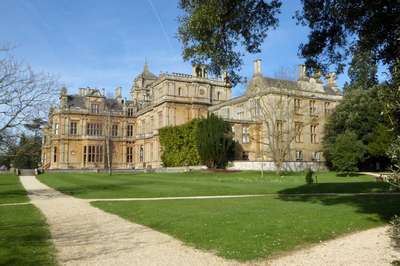
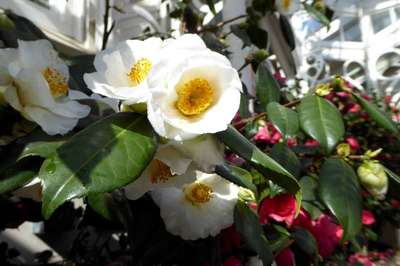
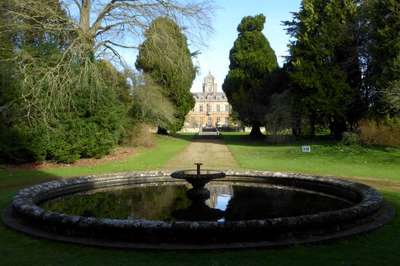
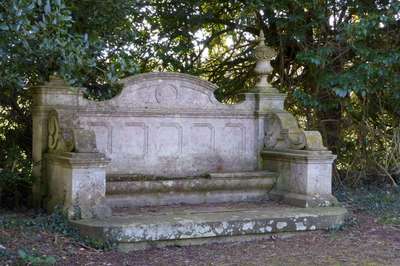
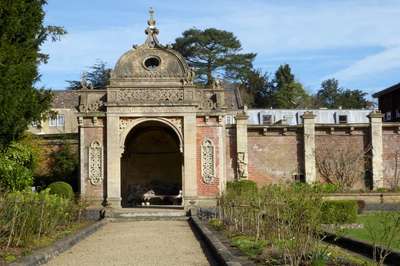
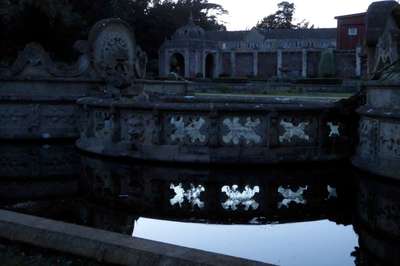
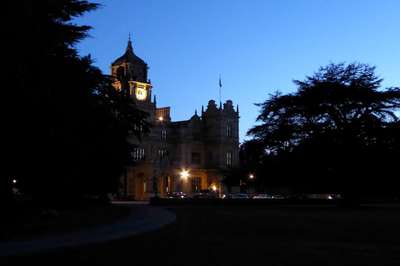
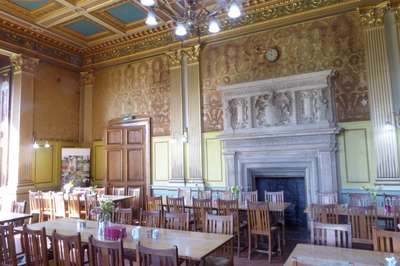
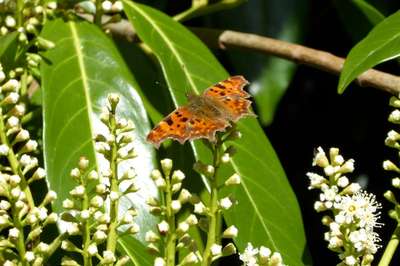
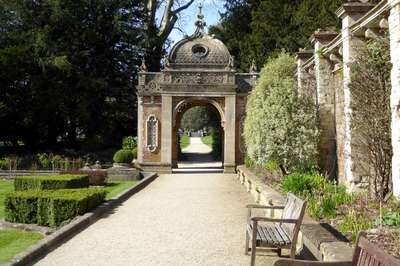
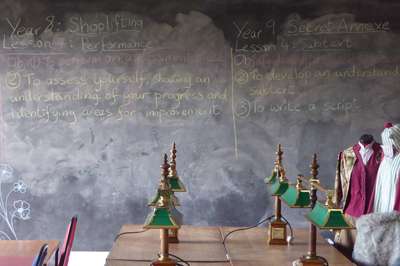
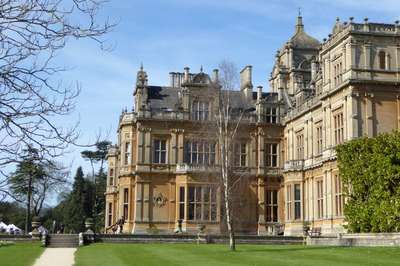
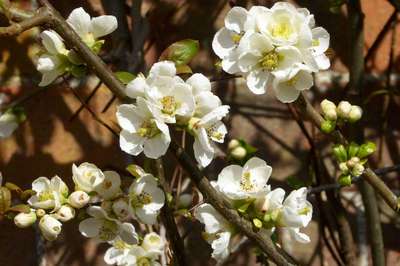
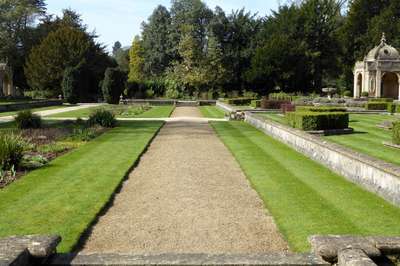
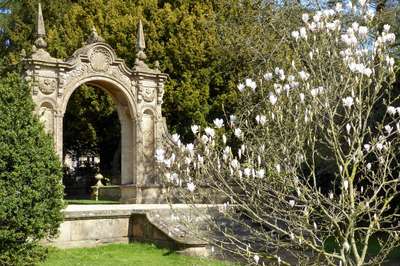
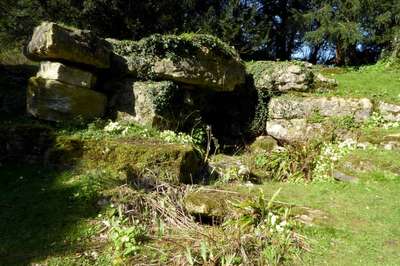
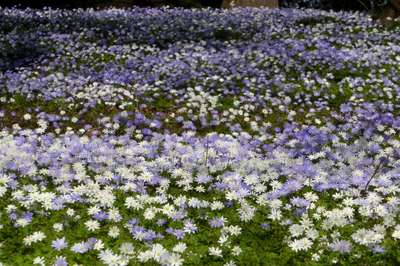
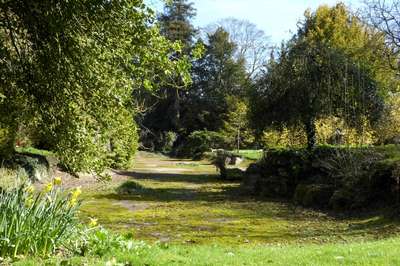
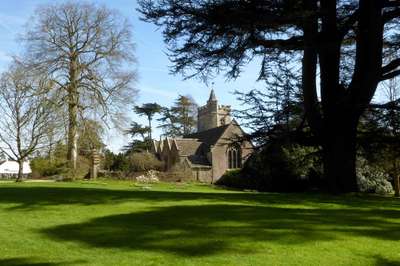
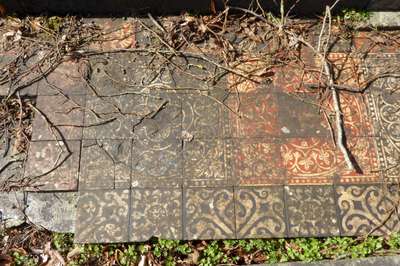
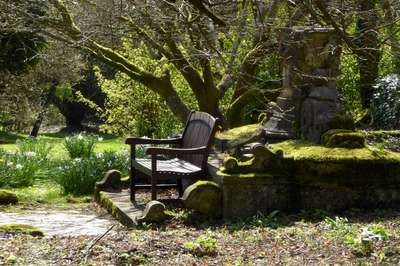
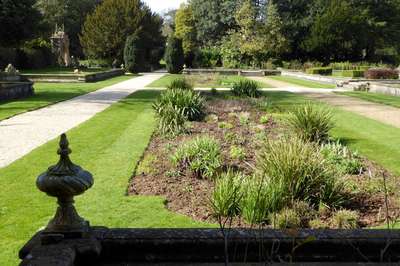
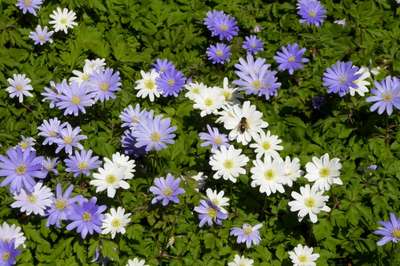
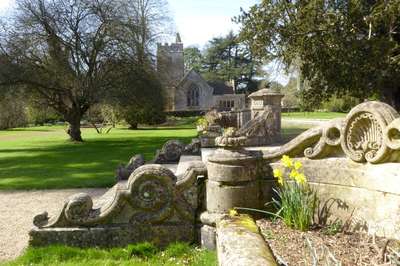
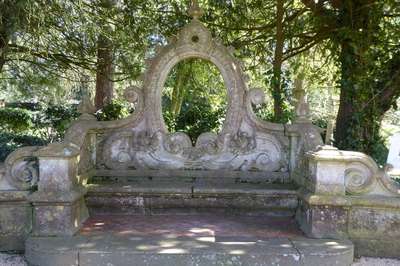
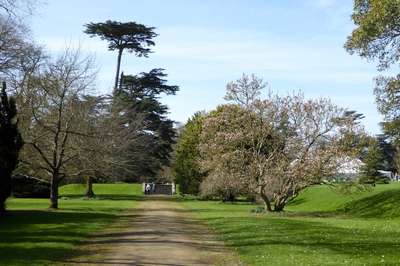
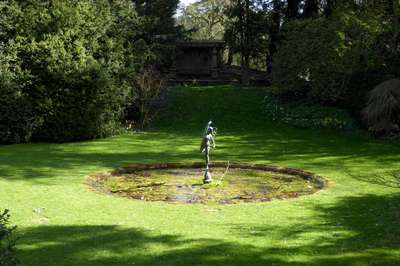
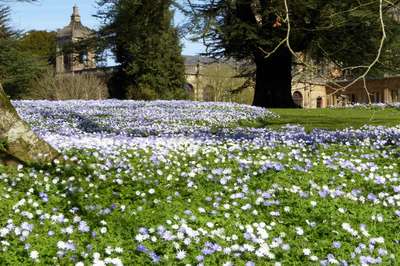
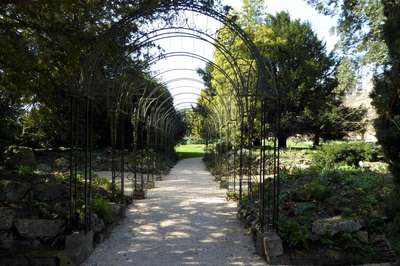
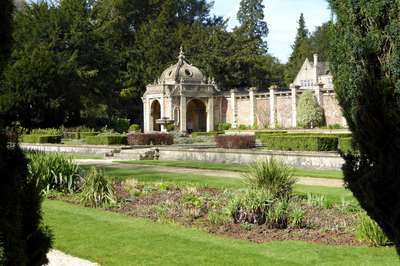
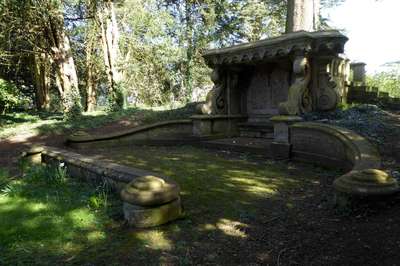
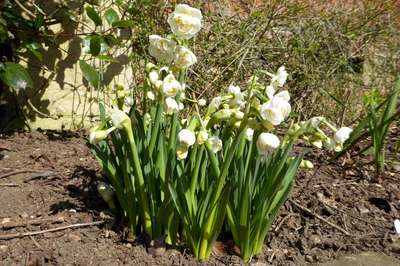
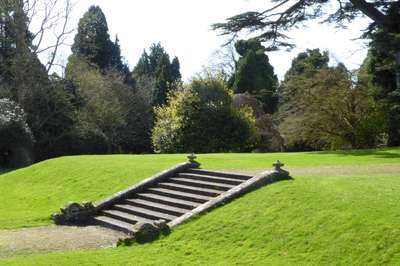
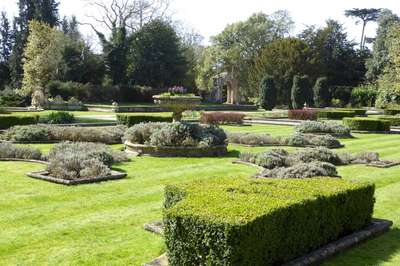
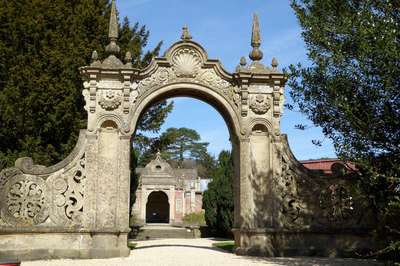
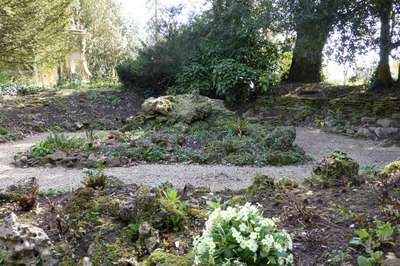
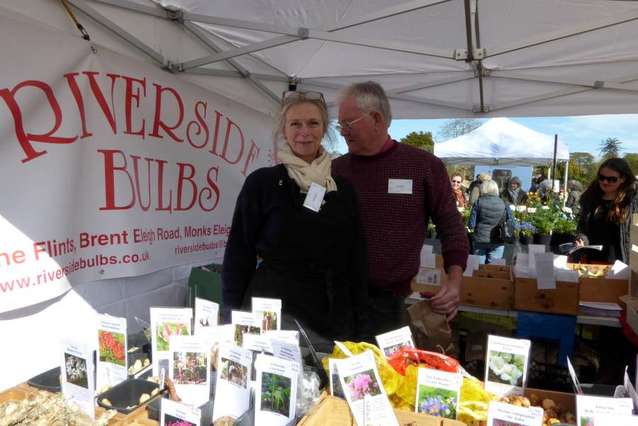
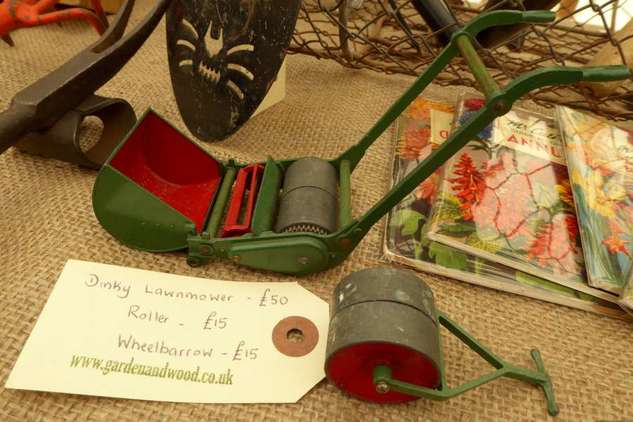
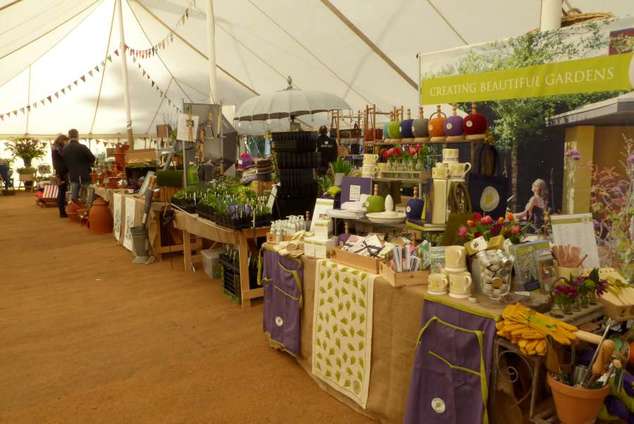
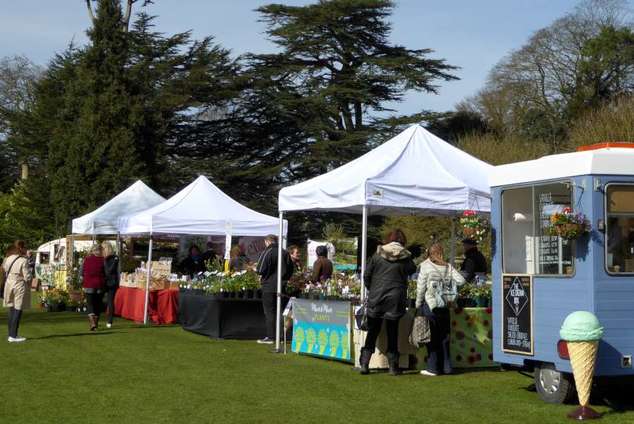
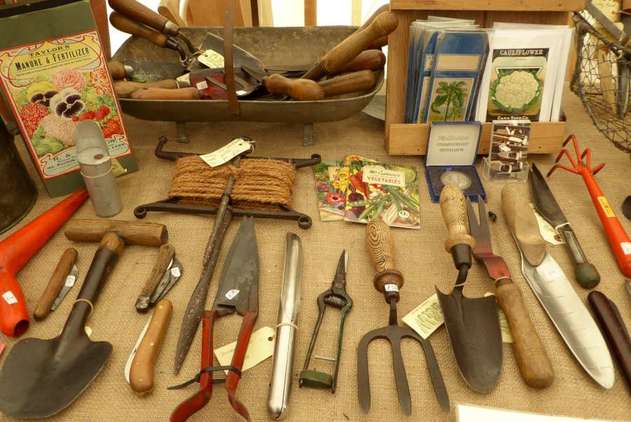
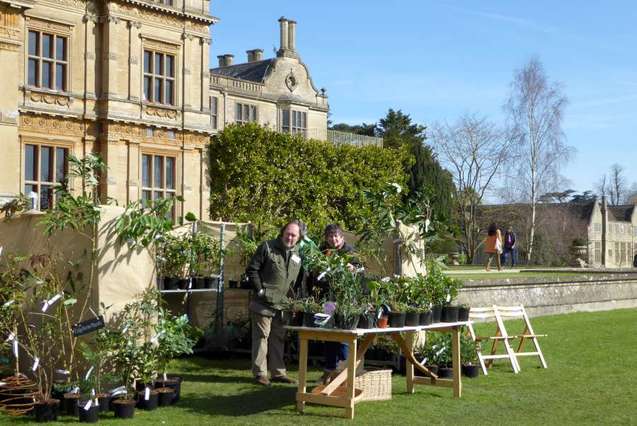
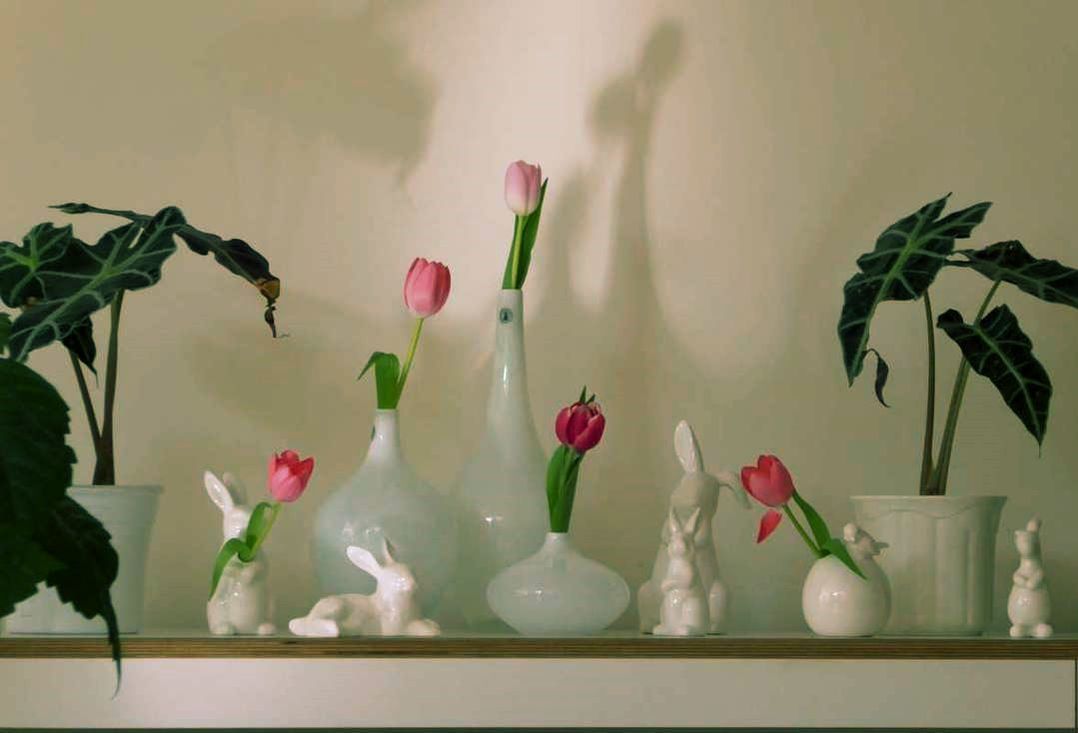
 RSS Feed
RSS Feed